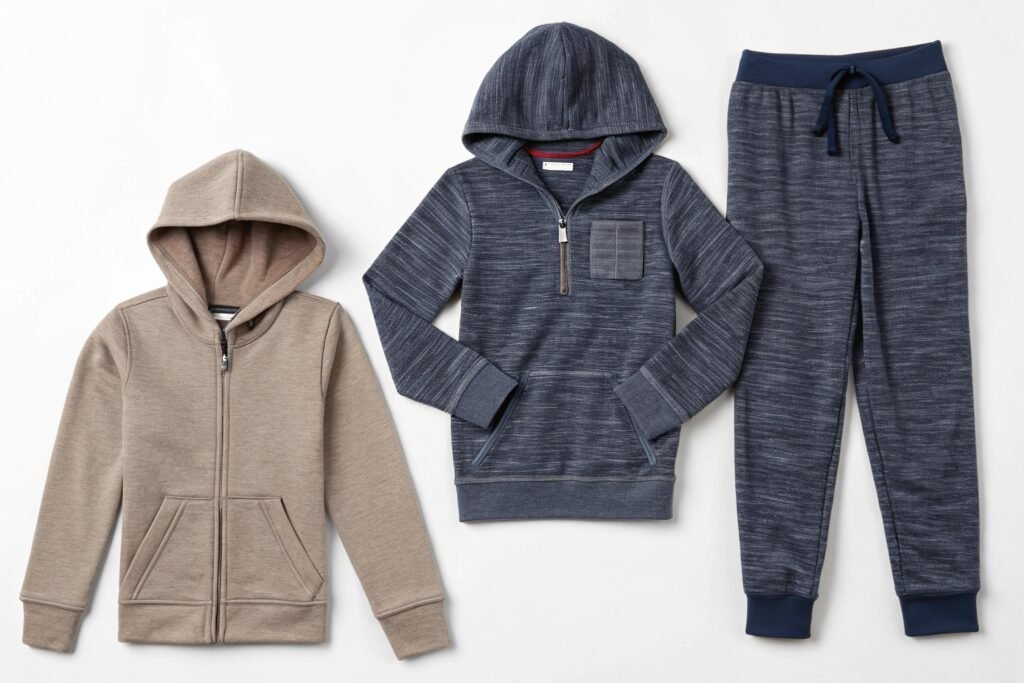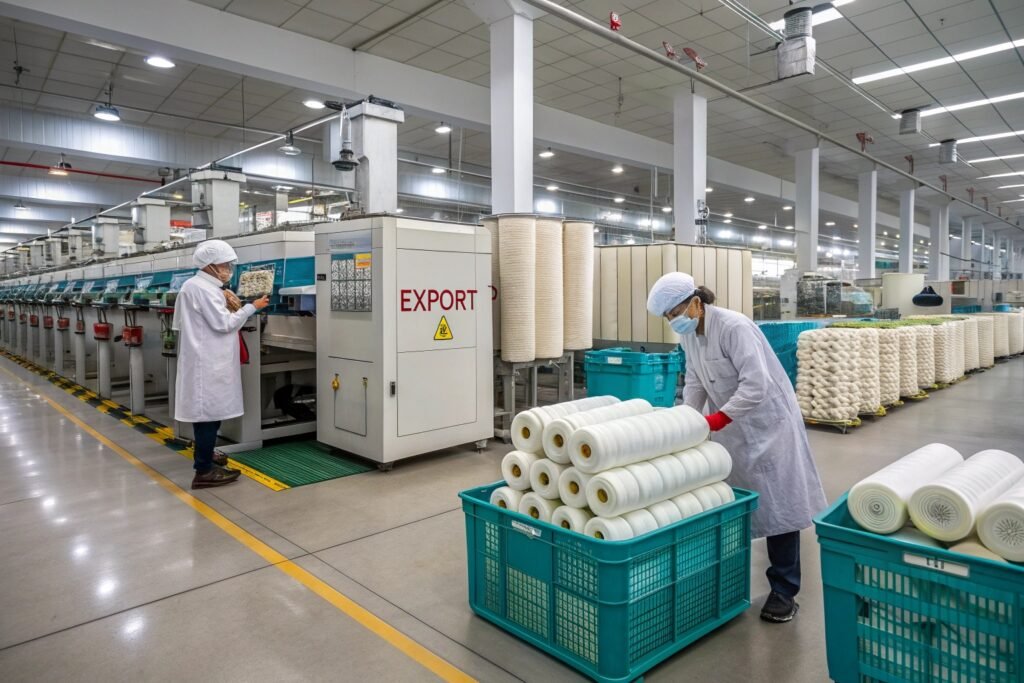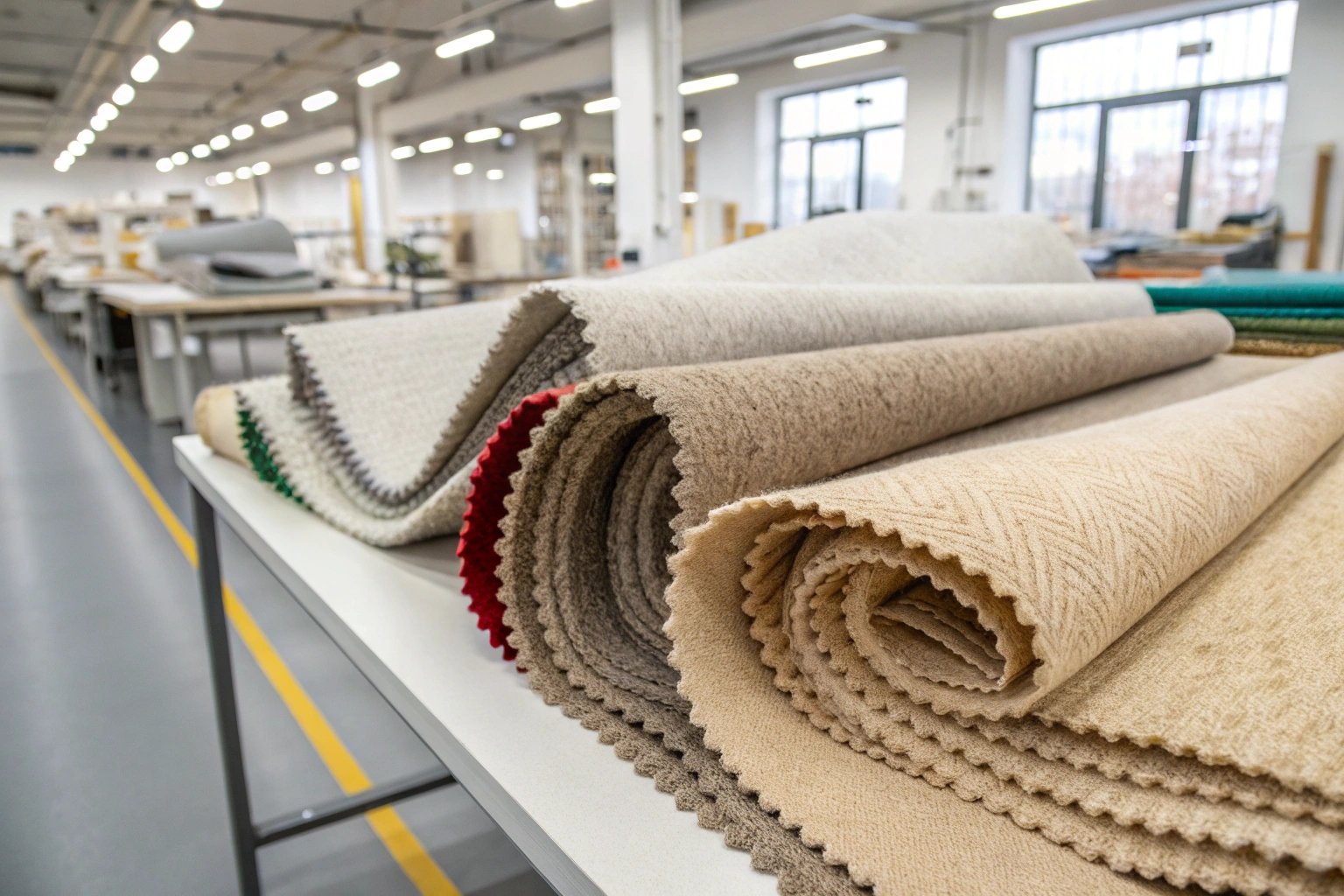Staying warm in winter and cool in summer doesn’t mean constantly changing your wardrobe—it means choosing smarter fabrics. If you’re a buyer sourcing materials for fashion brands, sportswear, or outerwear, you've likely heard about wool. But wool blends? That’s the real secret to temperature-smart apparel.
Wool blend fabrics offer natural thermoregulation, moisture-wicking, and durability, making them ideal for all-season garments and premium collections.
At Fumao Fabric, we've helped global buyers shift from pure synthetics to wool-based blends that regulate body heat better and reduce odor. In this article, I’ll walk you through what makes wool blends so effective and where to source the best ones for your needs.
What Makes Wool Blends Naturally Thermoregulating?
Temperature regulation isn’t about being heavy or thick—it’s about how a fabric interacts with your body heat and environment.
Wool blends maintain body temperature by trapping warm air when it’s cold and releasing heat when it’s hot, all while staying breathable.

How do wool fibers adapt to body heat?
Wool’s structure has natural crimps that trap air—creating a thermal buffer without needing insulation. These air pockets adjust to changes in temperature and humidity. When blended with synthetics like polyester or viscose, this performance is preserved but made more durable and cost-effective.
We’ve developed wool-blend knits that mimic merino functionality at lower cost, especially for casualwear and children's apparel.
Does wool regulate both heat and moisture?
Yes, wool absorbs moisture vapor from your skin and releases it gradually, keeping your microclimate dry. According to NZ Merino, this hygroscopic ability helps reduce chill during sweating. Blended with modal or bamboo fibers, it enhances softness while maintaining thermoregulation.
Fumao’s lab-tested wool-bamboo blend has become a bestseller for layering tees and premium kidswear in European markets.
How Do Wool Blends Compare to Pure Wool or Synthetics?
Pure wool is luxurious and effective, but expensive and sometimes impractical for daily wear. On the other hand, synthetics are affordable but can trap heat or sweat.
Wool blends strike a balance—delivering better shape retention, faster drying, and reduced itchiness while preserving temperature control.

What are the durability benefits of wool blends?
Blending wool with synthetic fibers like nylon significantly increases tensile strength and reduces pilling. For outerwear or activewear, this means longer garment life and easier care. We use wool-nylon blends in fleece and sweatshirt fabric lines that are favored by U.S. buyers looking for value.
Many performance garments today use 30–50% wool content, balancing comfort with function.
Are wool blends less itchy than pure wool?
Absolutely. One reason many customers avoid wool is due to prickle. Blending wool with modal, Tencel, or acrylic softens the handfeel. This is especially important in base layers or children’s wear. We've worked with buyers supplying to the Scandinavian market, where skin sensitivity is a top concern, and 18-micron wool-Tencel has become a core recommendation.
Which Garment Types Benefit Most from Wool Blends?
Not every piece needs 100% wool to perform. Depending on the application, wool blends can boost performance, comfort, and fashion appeal.
Garments like base layers, winter coats, formal wear, and even athleisure pieces can all benefit from wool blend fabrics.

Why are base layers and outdoor gear using wool blends?
Because body temp and sweat fluctuate outdoors. Brands like Icebreaker use merino blends for breathability and odor resistance. We supply wool-poly blends to clients making thermal tops and hiking gear for climates with large day-to-night temperature swings.
Blends make the garments lighter and faster to dry, without losing warmth.
Are wool blends suitable for formal or fashion wear?
Yes—especially in suit fabrics and outerwear. Blended with silk or polyester, wool creates wrinkle-resistant, drapable materials. We’ve developed wool-poly-lurex jacquards for boutique clients needing upscale winterwear with breathable interiors.
The temperature-regulating quality also prevents overheating indoors—a frequent problem with synthetic suits or full wool jackets.
Where to Source High-Quality Wool Blends at Scale?
Scaling up production while maintaining performance isn’t easy—especially with natural fibers. That’s why smart sourcing is key.
Fumao Fabric offers in-stock and custom wool blends with full testing, certifications, and fast global delivery.

What makes Fumao’s wool blends different?
Our blends are tested in our CNAS-certified lab. Each fabric undergoes colorfastness, pilling, shrinkage, and moisture retention tests. We specialize in small-MOQ and large-scale production with rapid sample development (48h). Our range includes brushed knits, suiting blends, and jersey-weight wool.
Our clients include premium fashion brands, kidswear labels, and outerwear specialists in the U.S., Russia, and Europe.
How do I order or customize wool blend fabric?
You can request swatch books or send us your spec sheet (GSM, blend ratio, finish type). We support lab dips and tech packs and offer QR-based fabric tracking. Whether you want a wool-cotton sweatshirt fleece or a wool-modal base layer knit, we’ve got ready-to-go solutions.
Shipping is available DDP with support for tariff-neutral routing when shipping to the U.S. via RCEP or BRI ports.
Conclusion
Wool blend fabrics aren’t a trend—they’re a proven tool for smart temperature regulation. From winter jackets to breathable suiting and babywear, wool blends give designers and sourcing managers a flexible, functional material that responds to body heat and external climate. At Fumao, we help clients around the world bring better garments to life—efficiently, sustainably, and with comfort built into every thread. Ready to upgrade your textile sourcing with intelligent fabric solutions? Let’s make it happen.










